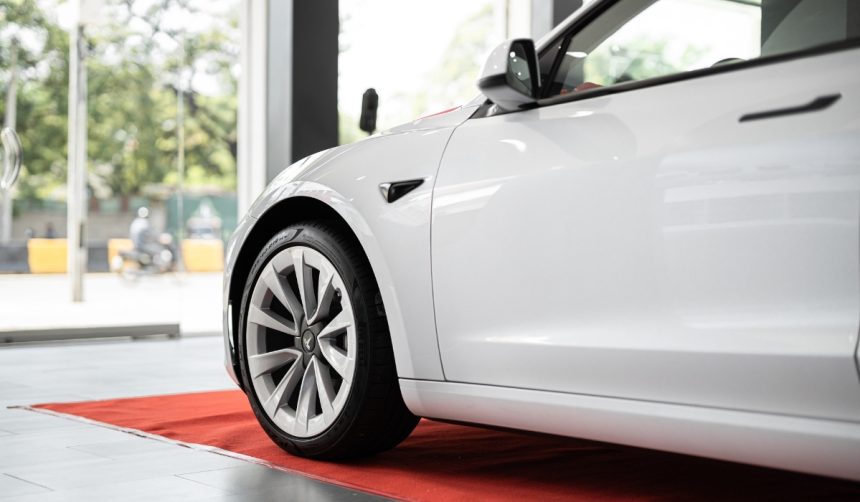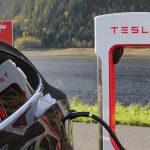Anticipation is building in Austin as Tesla‘s Robotaxi trials enter the public eye, marked by the city’s recent acknowledgment of Tesla as an autonomous vehicle operator. The sighting of a fully driverless Tesla Model with “Robotaxi” branding has intensified discussions around the platform’s near-term rollout, with the company’s rumored June 12 launch date fast approaching. While city residents have mixed views on self-driving cars navigating local streets, many are closely watching the development as Tesla continues to refine its Full Self-Driving (FSD) technology. The real-world tests in Austin highlight Tesla’s evolving strategy to bring autonomous ride-sharing to market before competitors deploy similar systems.
Other reports about Tesla’s Robotaxi have previously described ongoing FSD software iterations and field tests in smaller pilot environments, with limited visibility of actual unmanned vehicles operating in public spaces. Until now, much of the focus was on FSD beta users with a human behind the wheel, acting as a safety driver while the system operated autonomously. The present phase, in which Tesla vehicles are observed driving without anyone in the driver’s seat, represents a step beyond earlier public demonstrations. Recent industry developments point to increasing city-level regulatory acceptance and rapid advancements in Tesla’s underlying software, setting this rollout apart from past announcements.
How is Tesla Approaching Driverless Mobility?
Tesla’s approach centers on deploying its existing factory-made vehicles, rather than modifying dedicated fleets for autonomous operation. Elon Musk clarified that current Tesla models possess the necessary hardware to function without direct human supervision. In a statement on social media, Musk explained,
These are unmodified Tesla cars coming straight from the factory, meaning that every Tesla coming out of our factories is capable of unsupervised self-driving!
This suggests that Robotaxi capabilities will be available through over-the-air updates, expanding the scope to encompass vehicles already in customer hands.
What Sets the Current Robotaxi Rollout Apart?
Unlike prior developments where autonomy relied on supervised FSD beta testing, the recent sightings in Austin feature fully autonomous vehicles operating with no driver present. Tesla has entered the “Testing” phase as an autonomous vehicle operator in the city, which signals heightened regulatory engagement and visibility for these trials. Photos and video evidence show the “Robotaxi” label on test vehicles, and observers note that although a passenger is present, no one is occupying the driver’s seat during these runs.
Which Technologies Power the Robotaxi Platform?
The technology underpinning the Robotaxi initiative is Tesla’s Full Self-Driving suite, with the latest vehicles utilizing a new software build currently separate from Tesla’s main operational branch. Musk has stated that a more powerful alpha-stage model, with about four times the parameters, is undergoing refinement but is not yet ready for large-scale deployment. Updates to FSD are delivered remotely, meaning hardware-equipped Tesla vehicles could ultimately transition to Robotaxi service once the software is deemed ready and regulatory approvals secured.
Tesla’s public testing of Robotaxi technology in Austin signals a new era in the company’s approach to autonomous mobility. Rather than relying on specialized vehicles, Tesla leverages the existing fleet’s capabilities, aiming to enable Robotaxi functionality via software updates. Statutory acceptance by local authorities and the rapid evolution of Tesla’s FSD software indicate broad interest in deployment, though significant technical and regulatory hurdles remain. Given the growing competition in autonomous ride-hailing, Tesla’s strategy of mass enabling Robotaxi capabilities across its fleet could influence the pace and scope of adoption for similar initiatives across the industry. For consumers, the possibility that their current vehicle could soon offer driverless service underscores the profound shifts underway in personal transportation, while for cities and regulators, it requires establishing clear frameworks for safety and accountability as such platforms expand.










